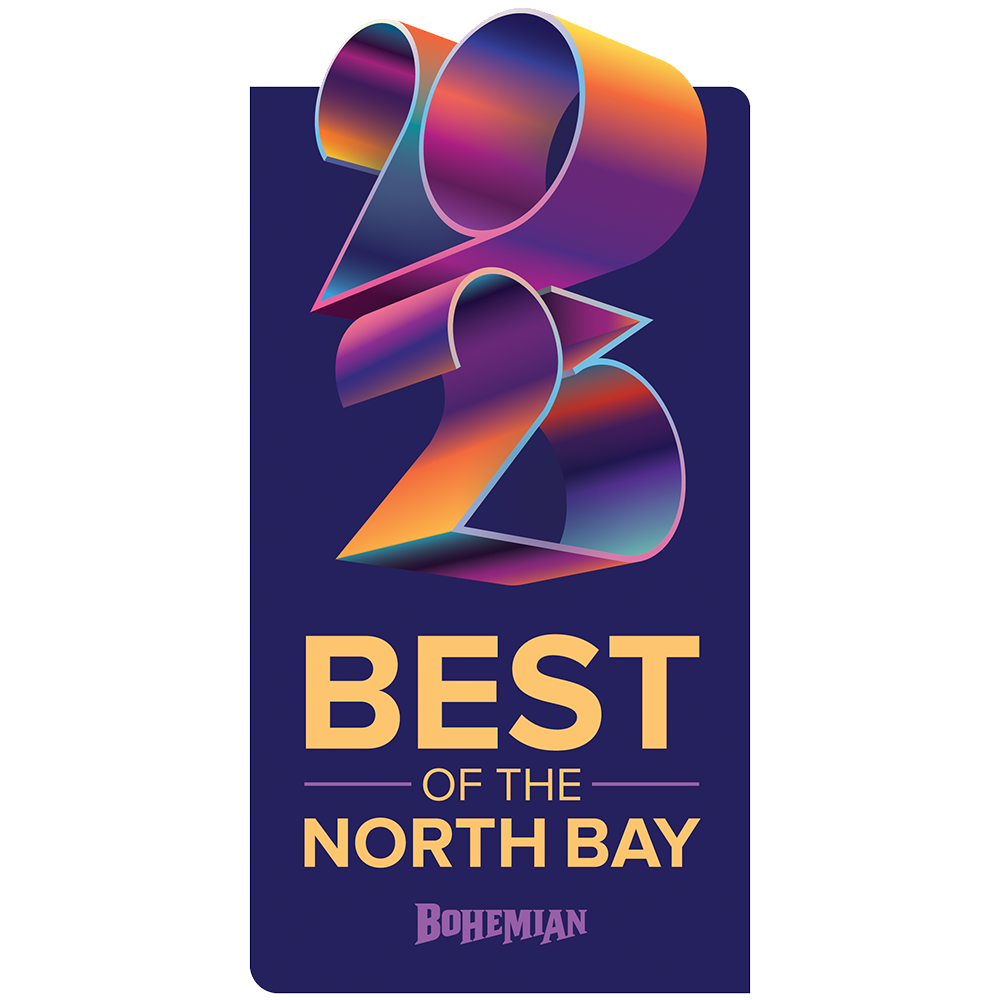
Using a strain’s classification as an indica, sativa, or hybrid, to describe its effects has been common practice for decades. Sativas are generally seen as more uplifting and energetic strains, while indicas deliver a more full-body experience with calming and sedative effects.
However, when it comes to the medicinal use of cannabis, and the psychoactive effects and therapeutic benefits of specific strains, this classification system is incomplete. Cannabis plants produce more than 400 chemical compounds, all of which can significantly influence a strain’s effects and a consumer’s experience. For medical cannabis users, being able to identify a strain’s primary effects and benefits is extremely important.
At Abide, our goal is to elevate the dispensary experience and help our patients find the best medicinal cannabis strains to manage a variety of medical conditions. In this guide, we take a closer look at the classification of cannabis strains and outline how you can determine the best strains for you.
Cannabis classification was originally introduced by botanists in the 18th century to describe the physical structure and characteristics of different varieties.
Today, this strain classification system is split into three categories – Cannabis Sativa, Cannabis Indica, and Hybrids. This division of cannabis types is used by growers and botanists to provide physical descriptions of strain varieties:
In terms of cultivating cannabis, strain classification is extremely important, but when it comes to choosing an ideal strain for you to consume, this system is greatly lacking. Today, we have a much more evolved understanding of the chemical compounds cannabis plants produce, and are able to accurately predict a strain’s effects based on in depth scientific research. So an indica may not always put you in “couch lock,” and sativa strains might not also give you an energy boost.
At Abide, our staff has expert knowledge on utilizing specific strains to help our patients find relief through medical cannabis. With our deep understanding of cannabis compounds and their effects, we can provide personalized recommendations on strains based on your unique needs.
As medical cannabis becomes more accessible, the research into the chemical compounds found in the plant has increased significantly. We now have an in-depth understanding of how the medicinal properties of the plant interact with our bodies and our minds. This allows us to identify specific compounds in cannabis strains that can help patients find relief more efficiently than ever before.
The cannabis plant is full of hundreds of chemical compounds all working in harmony to produce a multitude of medicinal qualities. The effects a specific cannabis strain produces primarily depend on the combination of cannabinoids and terpenes found in its chemical makeup.
Both indica and sativa strains can contain dozens of different cannabinoids, but the most prominent and well-known are tetrahydrocannabinol (THC) and cannabidiol (CBD).
THC: Tetrahydrocannabinol is the primary molecule in cannabis that provides psychoactive effects – or the feeling of being “high”.
CBD: The cannabidiol molecule is a non-intoxicating compound found in cannabis that is most commonly used for its therapeutic benefits.
As our knowledge of the effects of active compounds in cannabis increases, the idea of categorizing strains according to their cannabinoid content is becoming more mainstream.
Type I strains currently make up the majority of the cannabis available in the market today, with THC content reaching upwards of 30%. THC-dominant strains have more psychological effects and lower amounts of secondary cannabinoids like CBD that could influence a user’s experience. Cannabis strains that have high levels of THC like Mac 1 have proven to be effective at alleviating pain, nausea, insomnia, and improving appetites.
Cannabis strains in the Type II category have a balanced ratio of CBD to THC (1:1) content. Equalizing the psychological effects and therapeutic benefits of both cannabinoids have shown to be an effective introduction to medical cannabis for many patients.
Strains of cannabis that fall in the Type III classification are heavily CBD-dominant and have less than 1% THC content. Many of these products are cultivated for medicinal use as a “non-intoxicating” cannabis therapy. Patients who are in need of relief from symptoms like anxiety, pain, or inflammation, but do not enjoy the intoxicating effects of THC, prefer CBD-dominant strains. Charlotte’s Web is a very popular CBD strain that contains 13% CBD and about 1% THC and has been used to successfully manage epileptic disorders.
Cannabis terpenes are aromatic compounds that provide the plant with its distinct aroma and flavors. The cannabis plant can produce over 200 different terpenoid compounds, but individual strains will produce the same terpene profiles, resulting in their defining aromas, flavors, and effects.
Understanding how certain terpenes and cannabinoids interact is essential to predicting the effects specific strains will provide you. When terpenoid compounds synergize with cannabinoids like THC and CBD, it significantly influences the effects the cannabis strain provides users. This is why certain cannabis strains provide much more physical effects like pain relief or muscle relaxation, and others have more psychological effects like mood elevation or increased energy.
At Abide, we proudly provide all of our patients with the highest quality medical cannabis products available. Our cannabis sommeliers are compassionate, professional, and have a deep understanding of the benefits and effects different cannabis strains can provide you. We are more than happy to guide you through our selection of products to help you find the best strains for your needs.
Visit our new medical and recreational cannabis dispensary in downtown Napa, and meet with our knowledgeable staff today, or order your favorite strains online for same-day local delivery.

Open Daily: 9am - 8pm






ACKNOWLEDGMENT OF CALIFORNIA LAW. You expressly acknowledge that Abide services are for qualified patients under California Health & Safety Code Section 11362.5, 11362.7, et seq., and a physician has recommended the use of medical marijuana. You also expressly acknowledge that the use, possession, cultivation, transportation and distribution of cannabis is illegal in California unless all participants are acting completely within the scope of California’s medical cannabis laws as set forth in the Attorney General’s Guidelines for the Security and Non-Diversion of Marijuana Grown for Medical Use and the Medical Cannabis Regulation & Safety Act (consisting of AB243, AB266 and SB643) and any amendments thereto.